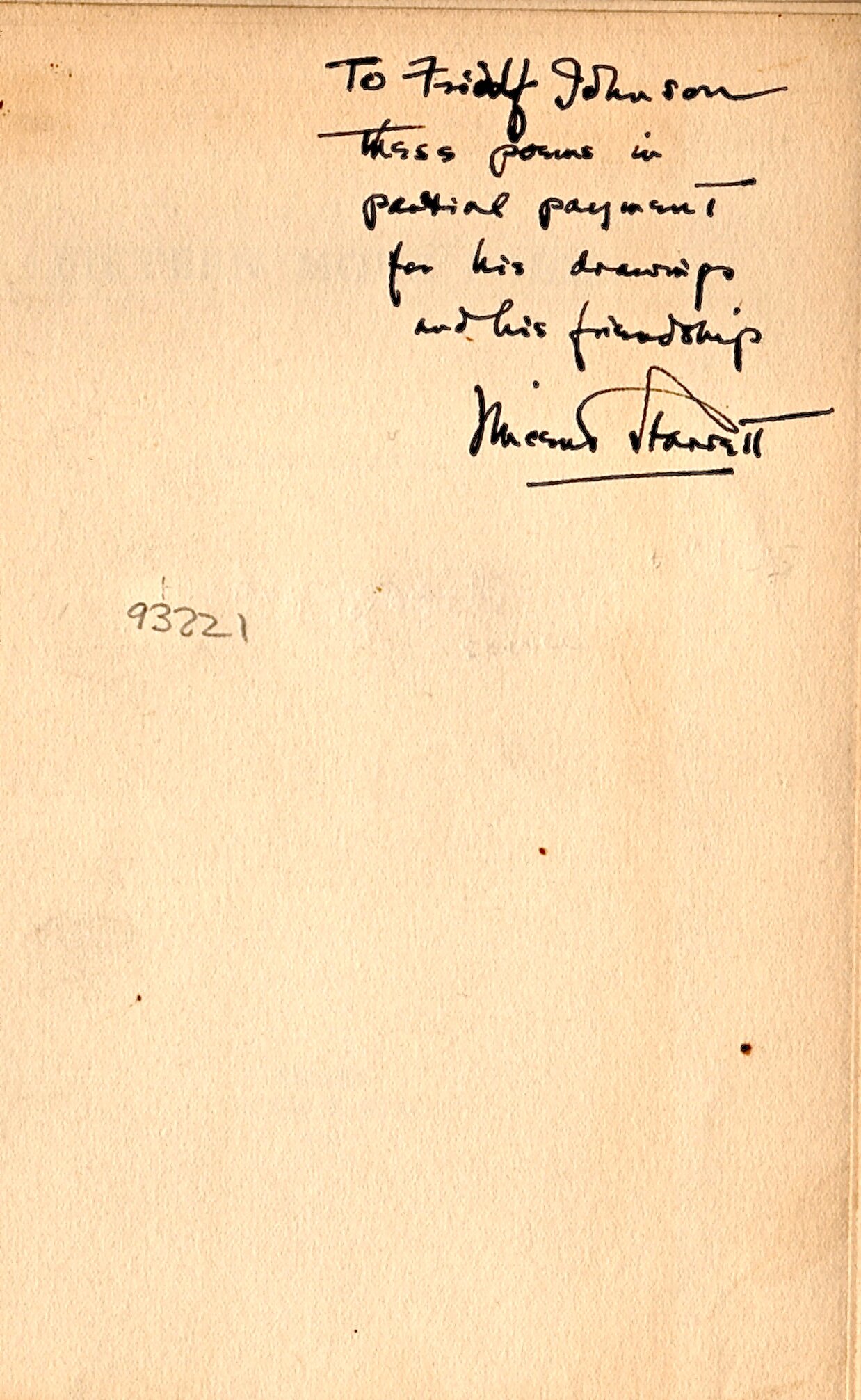Edwin B. Hill, his little hand press and its big impact
Finding Bliss in Ysleta, Part 1
Starrett drew this bookplate for Hill at some point during their friendship. Fecit is Latin for “he made this.”
A few months back, a loyal reader asked me how I decide which topic to blog about and when. I came up with the answer while watching Christmas TV shows. I realized I’m like Lucy Van Pelt. She won’t catch December snowflakes on her tongue, preferring to wait until January. For me, I can’t force an idea to fruition. It has to ripen on its own.
Which brings me to Edwin B. Hill, his little hand press in the improbably named town of Ysleta, Texas, and his long relationship with Vincent Starrett.
I’ve been wanting to write about Hill for years, but wanted to gather multiple examples of his work before I could consider them as a whole. Finding information on Hill has taken a bit of digging too. Even now, there are holes in my knowledge of Hill and Starrett’s relationship, but I’m hoping that by putting this much on the record, other bits and pieces might follow.
One more note before we get started. I’ve broken into three pieces. The first is a narrative that describes Hill and the friendship between the two men. It includes samples of their non-Sherlockian collaborations.
The second and third are a listing of the Sherlockian pieces they were involved in together. I lack several important pieces in this regard, but we’ll talk about that later.
For this section I have relied on several major sources: The New York Times article “New Editions, Fine and Otherwise,” from the book review section for March 12 1939; three articles from the October 1967 issue of American Book Collector: “Edwin Bliss Hill: Pioneer Private Printer of the Southwest” by Gertrude Hill Muir, “The Search for Edwin B. Hill” by the collector Adrian Goldstone, and “A Check-list of Items Published by the Private Press of Edwin B. Hill” by John Myers Myers; and finally “Edwin Bliss Hill: Pioneer Arizona Printer” by Kenneth A. Goldblatt from the Spring 1968 issue of The Journal of Arizona History, published by the Arizona Historical Society.
The check-list by Myers Myers was especially valuable valuable.
The other major resource is Charles Honce’s bibliography, A Vincent Starrett Library: The Astonishing Result of Twenty-three Years of Literary Activity. Honce has a separate section dedicated to “The Edwin B. Hill Pamphlets.” He lists 15 items and I own most, but not all, of them. I also have a few things that were printed after Honce published his book in 1941.
One of the items I won’t be talking about is the most important: The first publication of “221B.” I dealt with that in 2019 as part of the long history of that little sonnet.
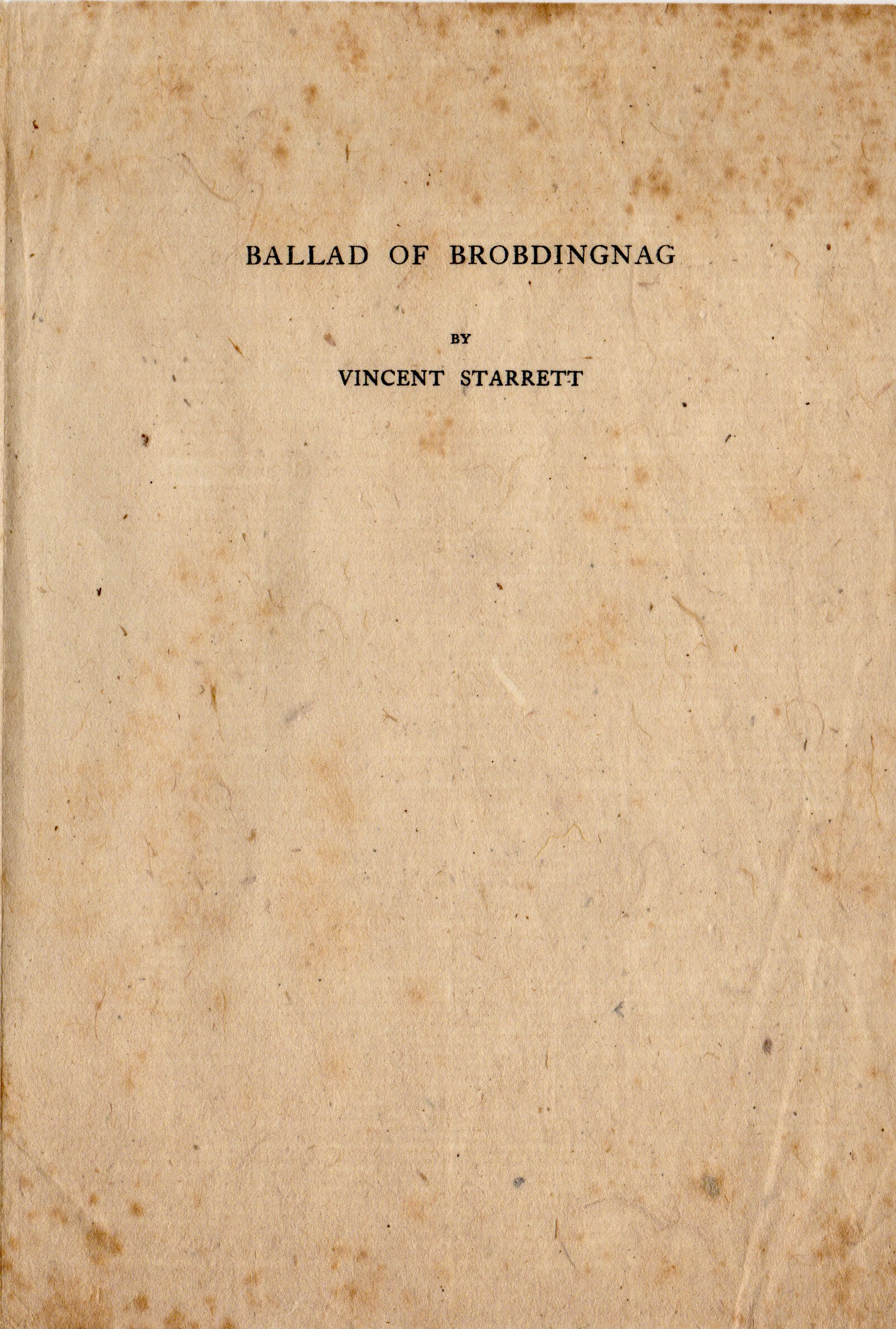

Hill was described by contemporaries as an enigmatic fellow who rarely sought attention. Printers who lived in El Paso, just 17 miles away, say they never heard of the little man with the old hand press. Yet Hill corresponded with scholars and collectors around the country and he owned and operated the oldest printing press in production in the country at the time of his death. Starrett predicted his little leaflets, broadsides and pamphlets would one day become collectors items, and that has certainly come to pass.
Hill was born on August 17, 1866 in Ann Arbor, Michigan. (For comparison, Starrett was born 20 years later.) By the age of 16, Hill had already picked up his first hand press and he would continue to upgrade his personal presses in both quality and quantity over the coming decades. He learned the fine points of printing while working as a printer’s devil (essentially an apprentice) at the Michigan Christian Herald and eventually worked for a decade as editor of the Detroit Journal. After putting in a full day at the Journal, he started printing small items for collectors, plus a literary quarterly, The Stylus.
He made friends with Thoreau scholar Samuel Arthur Jones and together they put out ten critical essays on the New England poet, which became highly sought after by collectors and Thoreau enthusiasts. Hill later became enamored of Charles Lamb (whose most memorable quote was, “Lawyers, I suppose, were children once.”) who had lived 100 years earlier in England and was the center of a literary circle that included Coleridge, Wordsworth, and Hazlitt among others. Starrett was also a fan of Lamb, whose life as a poet, essayist and book collector was one among many models for the Chicago bookman.
Ill health forced Hill and his wife, Clara, to the Arizona Territory, where the dry heat aided his recovery from tuberculosis. He worked for the U.S. Reclamation Service there for 10 years, then was transferred to El Paso, Texas, where he worked for the same agency until ill health forced his retirement. It was during this time that Hill and his wife set up their home and his shop in the little town of Ysleta, on the far tip of the Texas peninsula.
Hill’s time in Ysleta is also when the cowboy 10-gallon hat became his insignia.

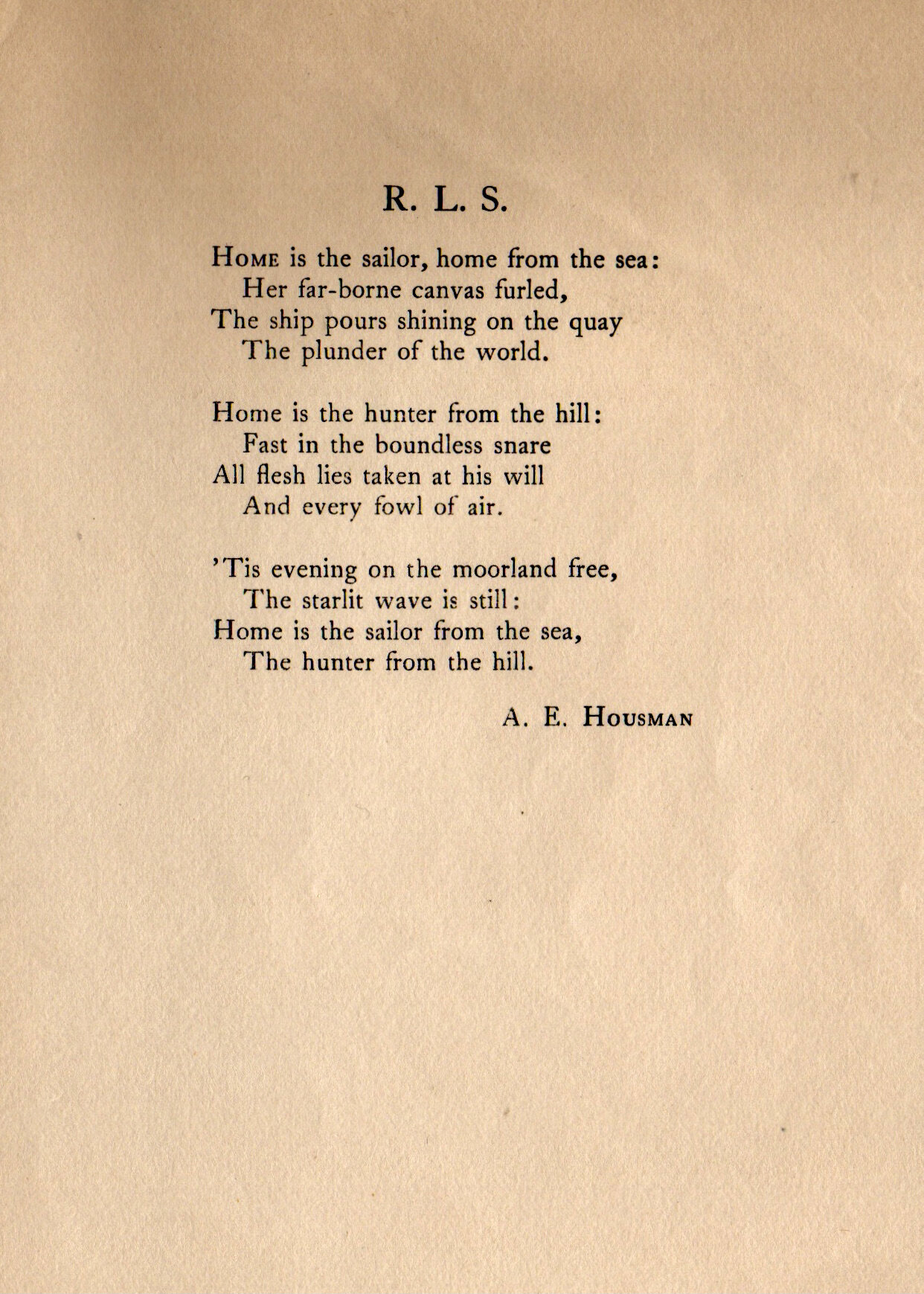
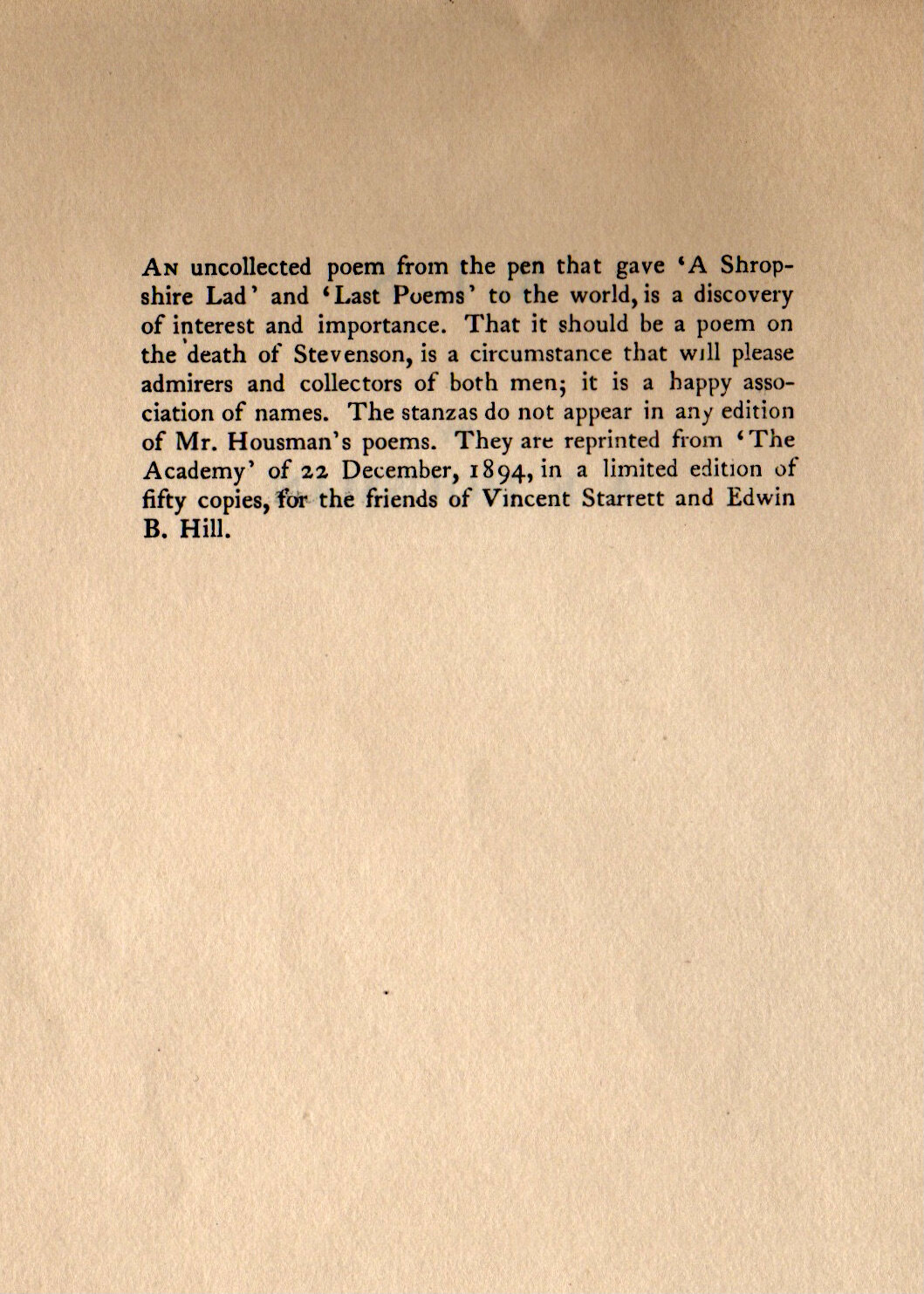
It was to the Ysleta address that Starrett sent his early letters to Hill. Exactly why Hill came onto Starrett’s radar is unclear. It’s possible The Stylus attracted Starrett’s attention. As a “little magazine” of the era, Starrett would no doubt have heard of it. He was already writing for The Double-Dealer, a New Orleans based literary magazine, and in 1922 would begin The Wave.
Hill’s little brochures about Mark Twain, Charles Lamb and Edgar Allan Poe no doubt drew Starrett’s interest. In these, as in his other leaflets and broadsides, Hill reproduced previously unpublished or little known works by or about famous writers.
In his July 11, 1920 letter to Hill, Starrett is clearly trading books from his collection for extras of Hill’s pamphlets. Hill mentioned getting Starrett a copy of a rare book, and Starrett says he’s willing to trade for it, but could not pay cash. “You cannot imagine how hideously broke I am. Or perhaps you can! Can you?” Being broke was common for Starrett. It didn’t stop him from buying books or asking printers to do little leaflets for him.
It would appear from the correspondence that after their early connection over books, the publishing relationship between them went like this: Starrett would find some odd or unusual item that would spark an interest by Hill. Starrett would send Hill the copy, and then the paper, usually under separate cover. Hill would send all the printed sheets back to Starrett. Starrett would then send them out to friends, retaining a few to autograph and return to Hill.
For example, this is from a letter by Starrett to Hlll from April 11, 1942:
“Here is a nice little thing that you may care to print for me. I’m sending you a packet of paper that I think will do nicely.”
Starrett’s hand-written note on his manuscript for the famous Two Sonnets leaflet that contained “221B” strikes a similar note:
“E.B.H — Here is a good one, I think. Let’s not cut the pages short this time. Paper follows. Regards! VS”
The amount of paper Starrett could scrounge up often determined the number of copies that were printed. His little pieces could have as few as 25 copies or in the case of “The Unique Hamlet,” as many as 100.
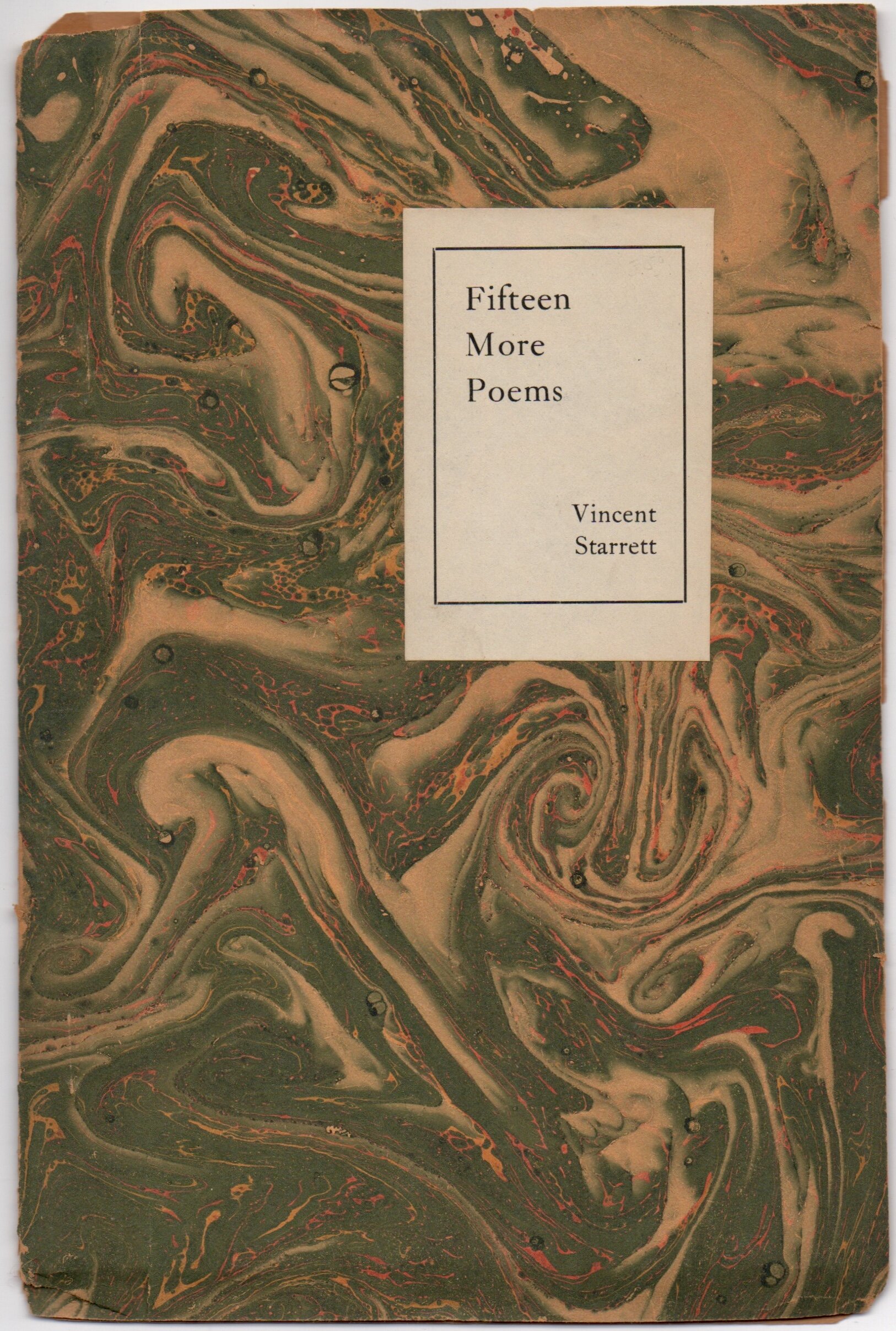
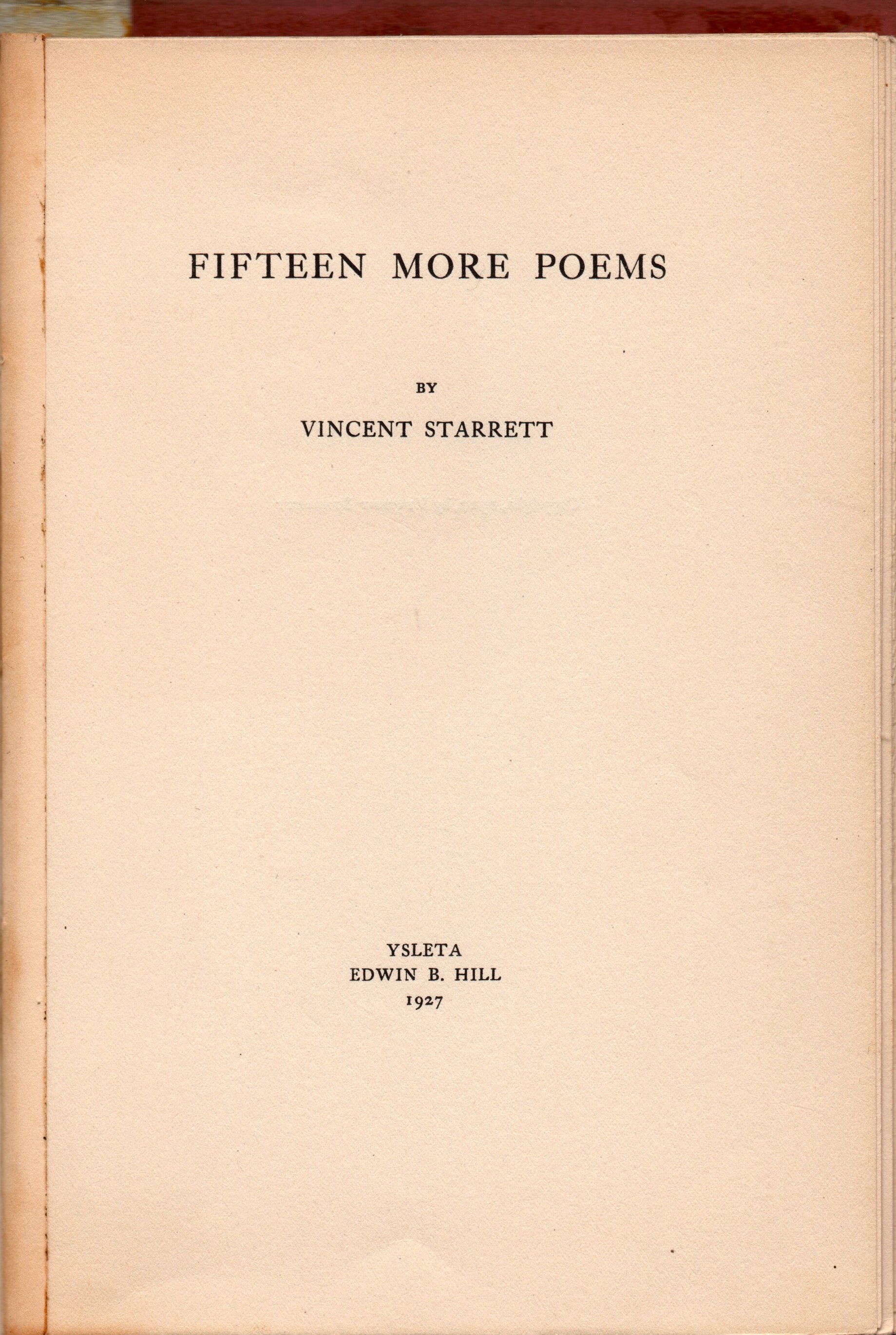
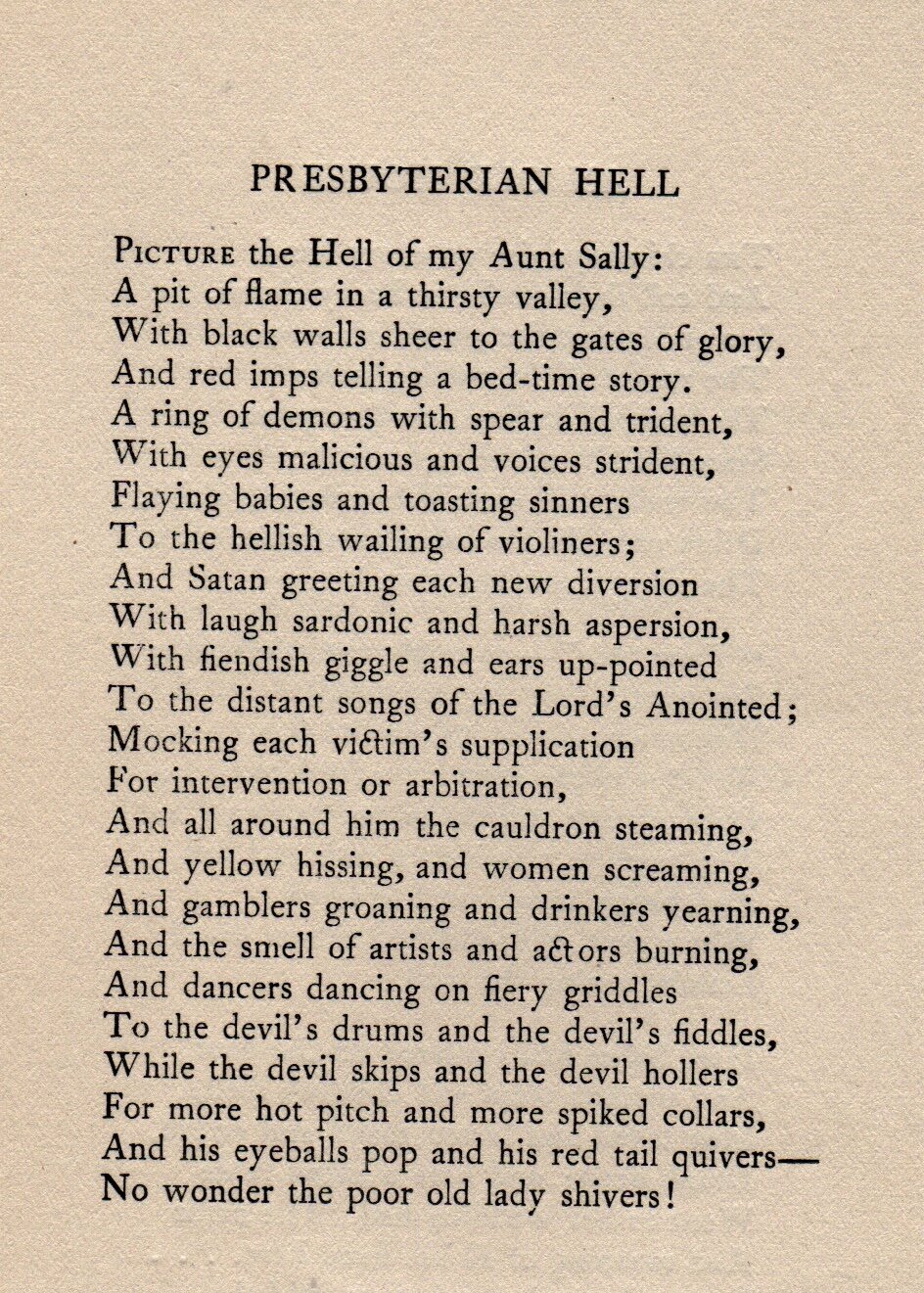
In a 1948 letter regarding a completed leaflet, Starrett tells Hill, “Meanwhile I send you two copies, signed, for yourself. If you want others, let me know.”
At no time in the extant letters is there a mention of Starrett paying Hill for his services. I’m assuming therefore that Hill’s work was pro bono.
Starrett fully appreciated the work Hill did, his dedication to the printing craft, and his generosity. In a 1944 letter to HIll, Starrett mused on the impact his work would have.
“You know these admirable trifles are going to carry your bookish fame down the glorious years. Think what ‘one of 30 copies’ will bring at auction a hundred years hence! But right now it’s generous and fine of you to do them.”
Starrett had been even more effusive a year earlier, in a letter from August 4, 1943. Hill’s health had once again taken a turn for the worse and Starrett was clearly writing to cheer the little printer and ease his mind.

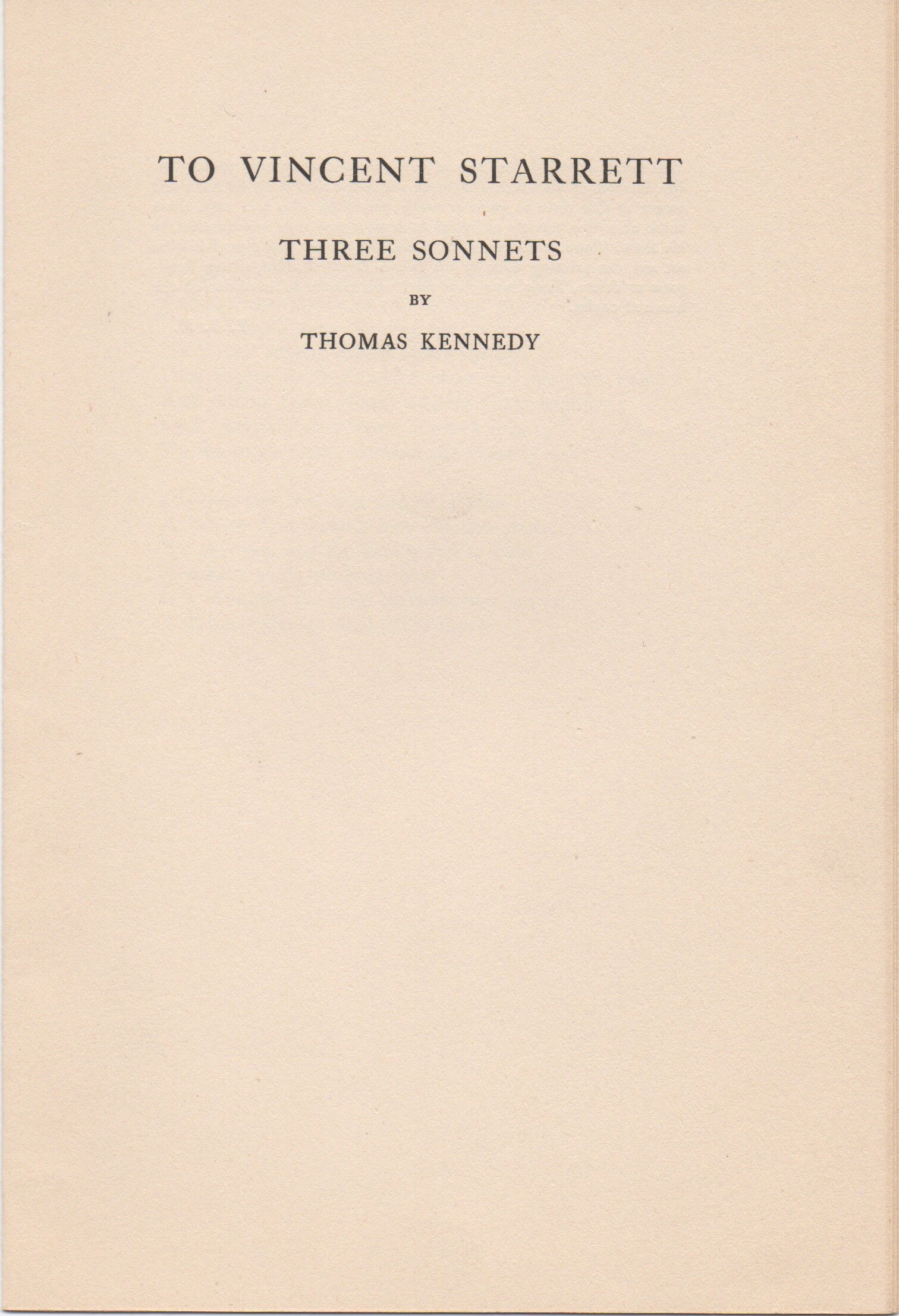

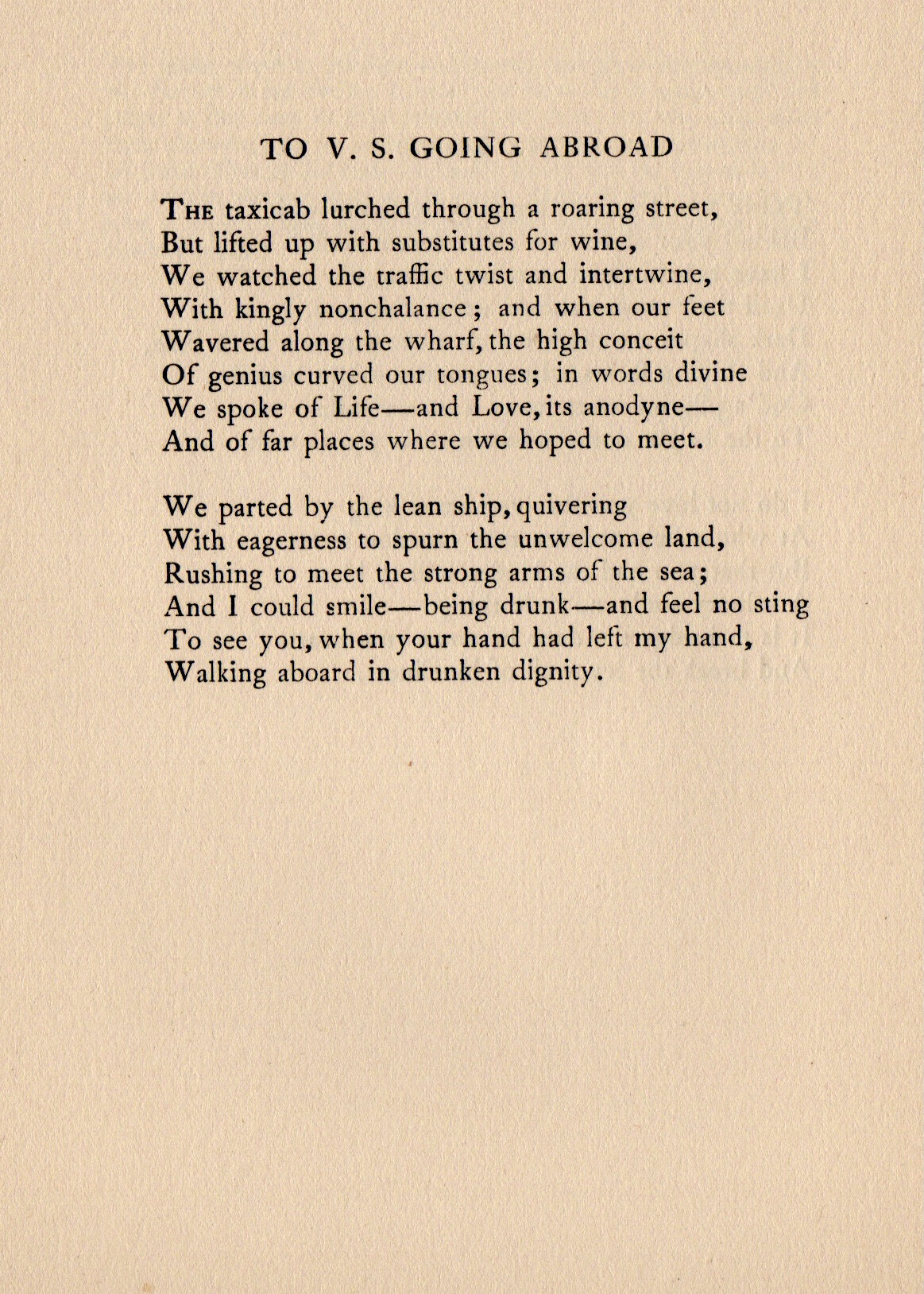
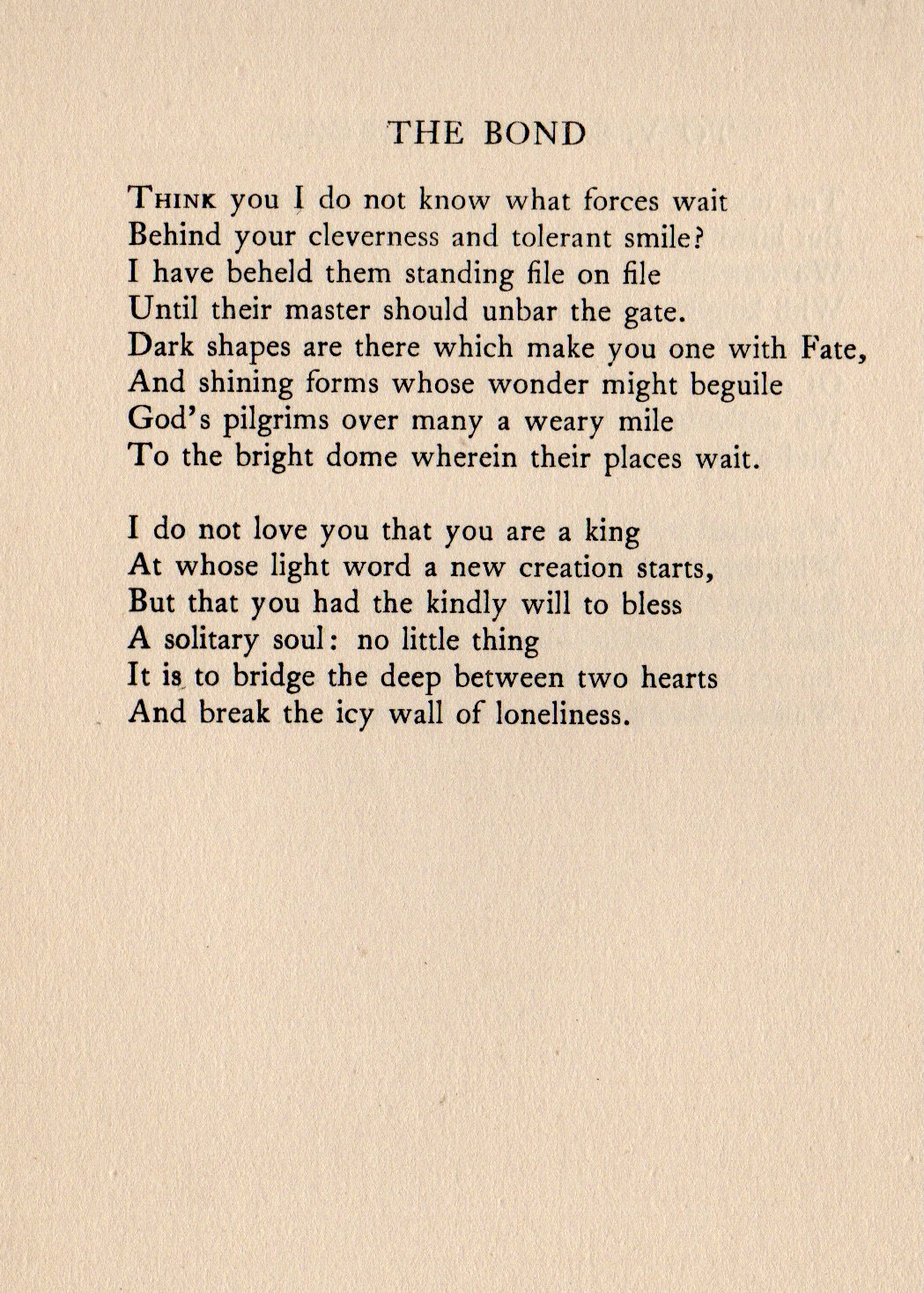
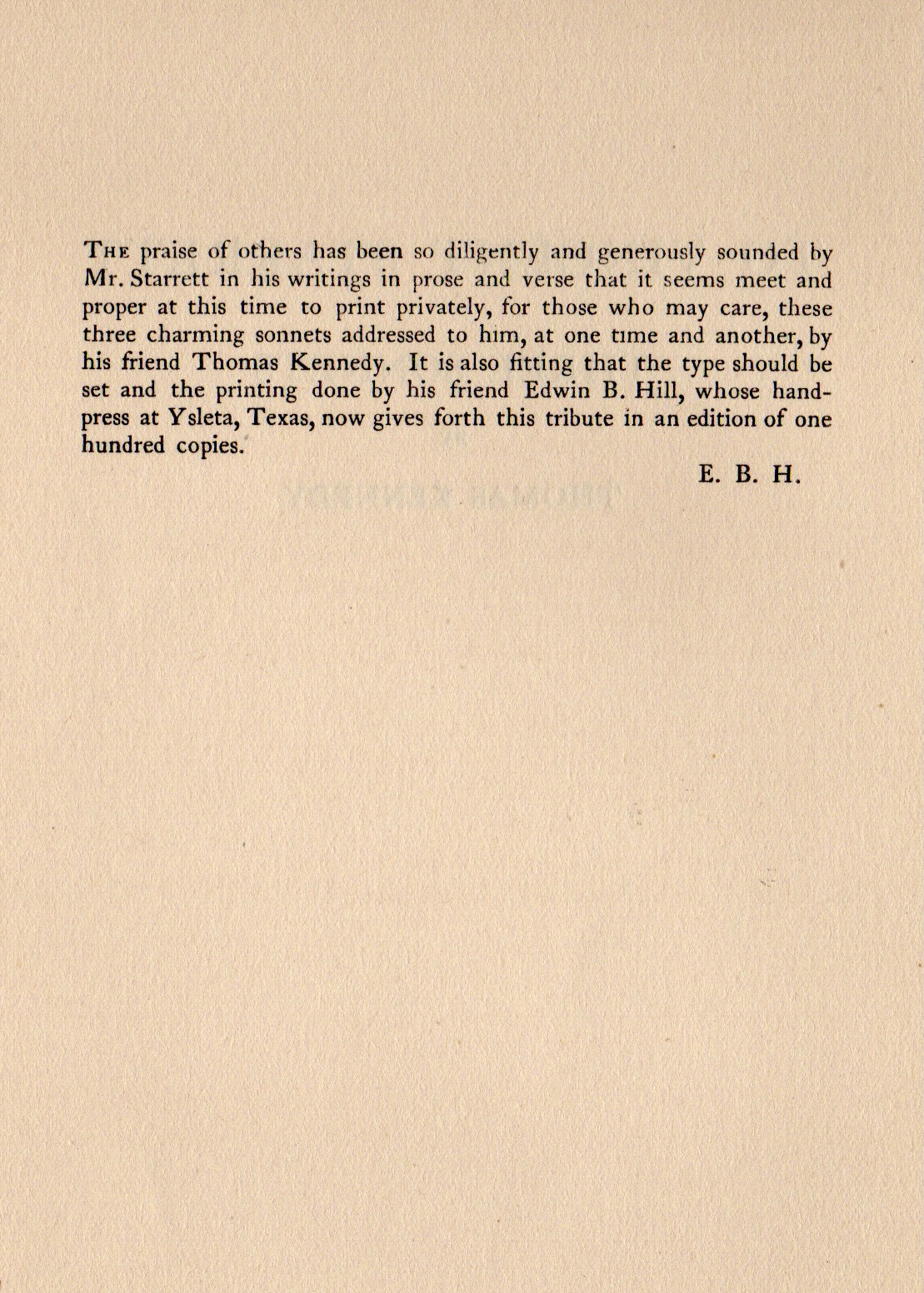
“To the end of books your name will be an honored one among those persons who know and care about such things as you have done for years, and as we have tried to do together in more recent times. This is true: and I am personally very proud of our association and what we have accomplished together: it’s one of my greatest satisfactions, old friend.
“I write this because your card suggested you might give up printing—at any rate, for a time—and I assume you are regretting this necessity. But you may be sure the little press and its proprietor will not fade from man’s minds while collectors collect and there are those in the world who love books and talk of books.
“I think you know how grateful I am for the charming leaflets and bibelots you have done for me. They have already a reputation that a larger press would envy. They will be in the catalogues of the future, and great libraries will be eager to complete their sets. I am as confident of this as that I am writing this letter. If neither of us ever did another lick of work, we have done enough to justify our existence and to earn our little niches. I have never wanted a very large niche, have you? Those who come after us will be glad we lived and wrote and printed. We shall have handed on the torch that was handed to us by Lamb and his successors; and we shall have done well.”
Hill died on April 6, 1949 at 82 years old. His papers were sent to the Arizona State University library and before the pandemic locked everything down, their librarians were very generous in helping me with copies of correspondence. Hill’s letters are also scattered in libraries in California and elsewhere. Who knows what additional treasures await uncovering?
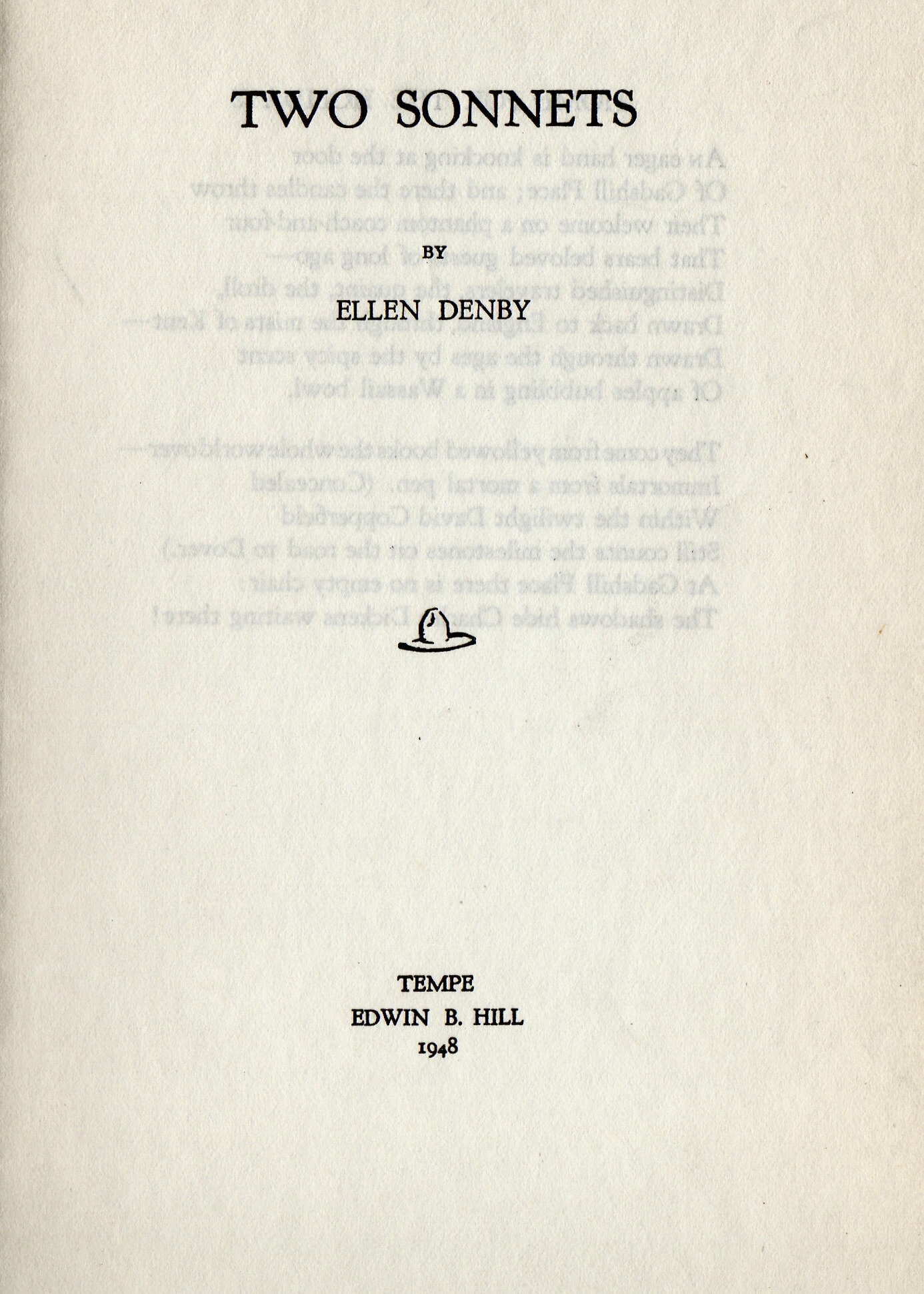
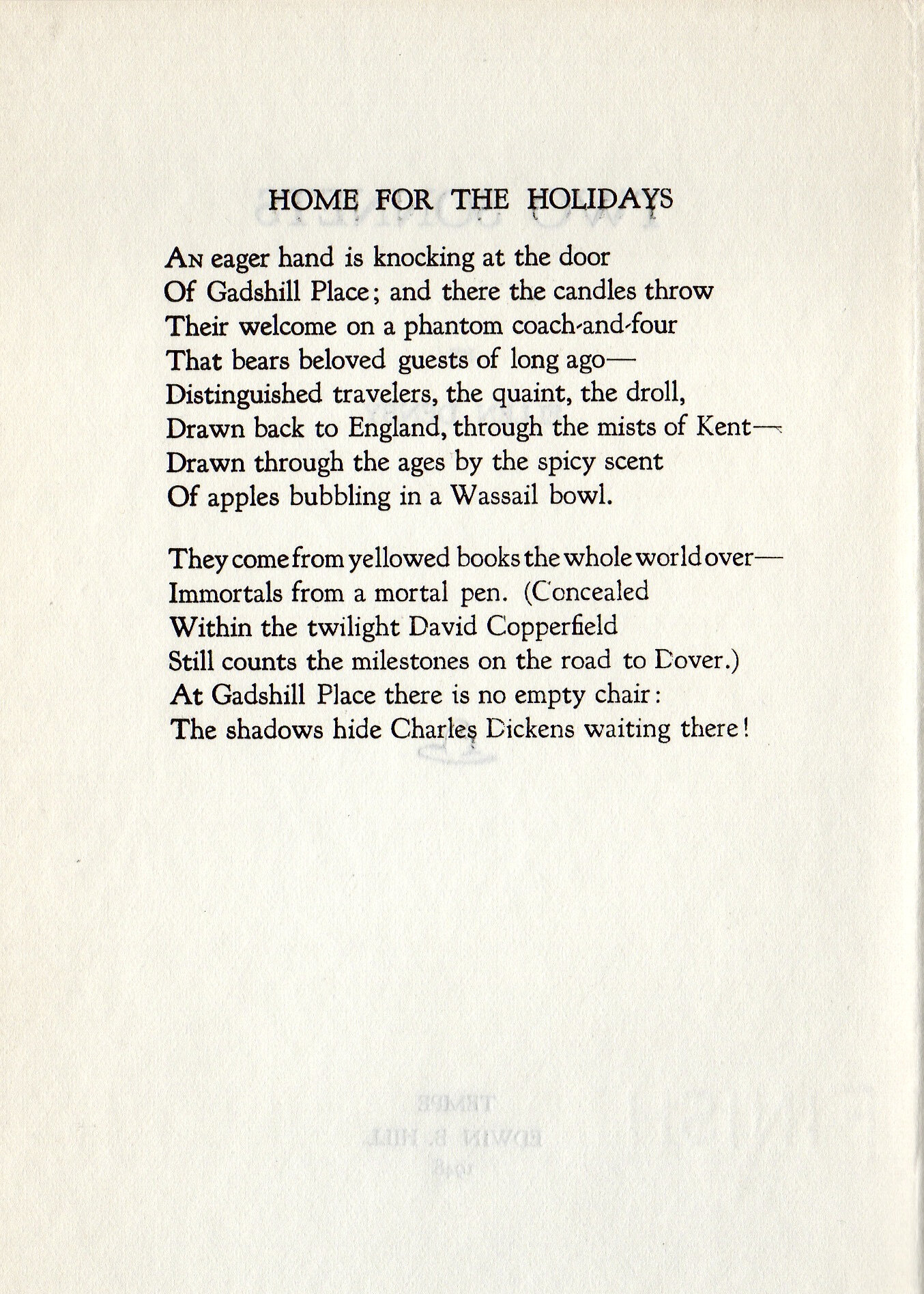
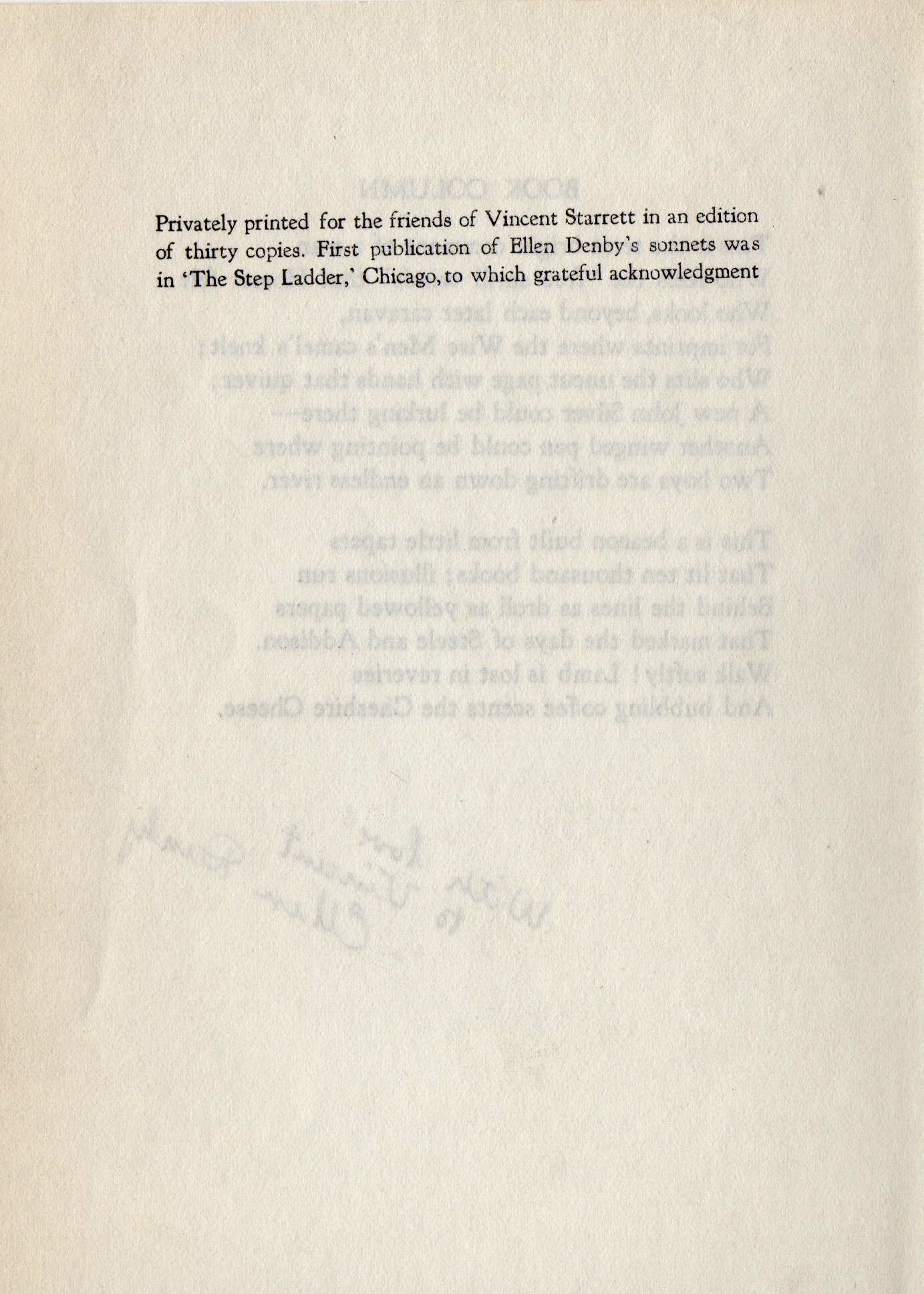
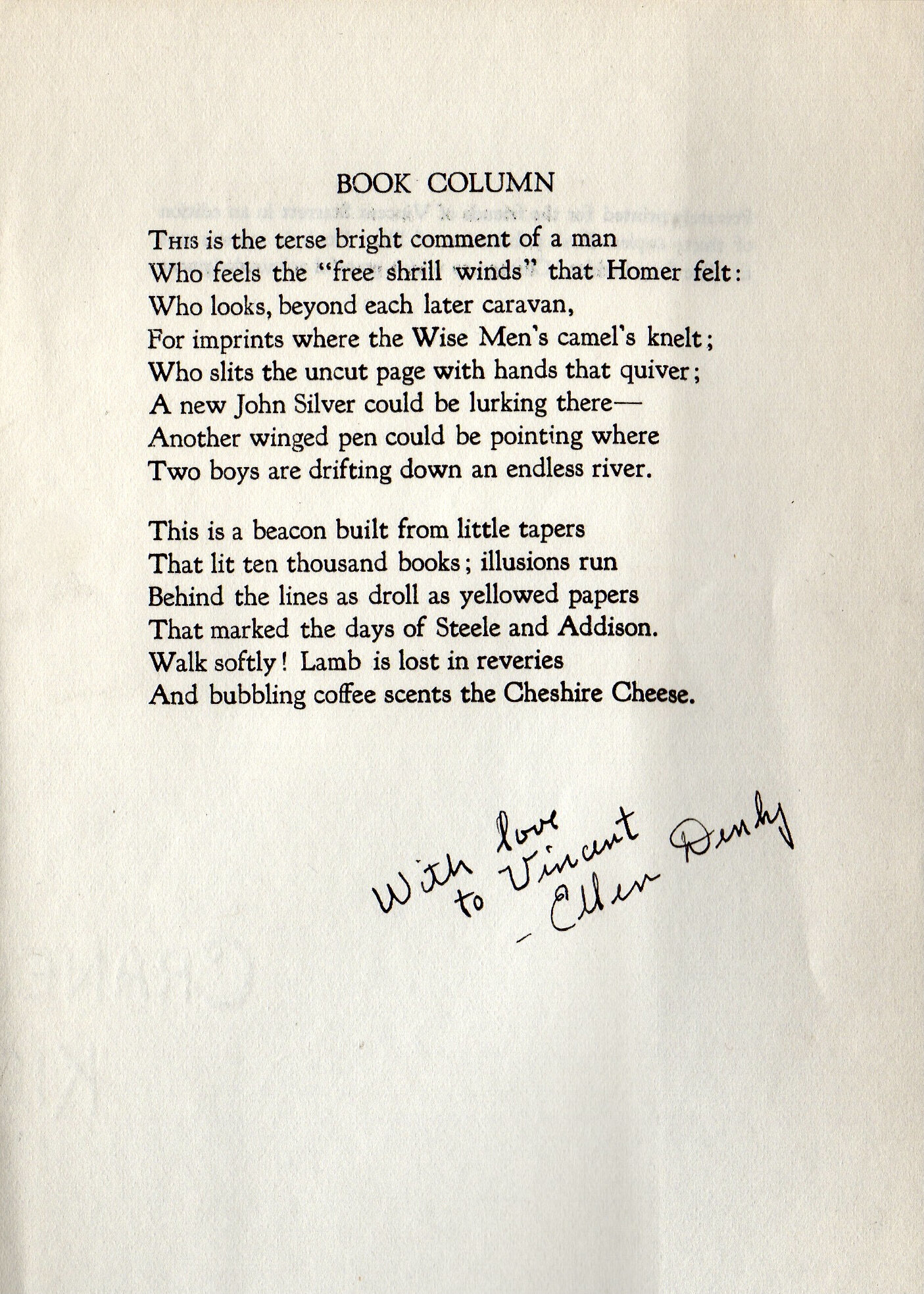
Starrett was right in his assessment of Hill’s impact. The quiet man with the hand press is respected by collectors and printers for his commitment to quality work.
We are especially fortunate that he never charged Starrett for that work. Our collective Sherlockian world is the richer for this partnership that produced so much in the way of collectible ephemera.
Here’s how Gertrude Hill Muir summarized Hill’s life in her 1967 article in American Book Collector:
“To the time of his passing he was the owner of the oldest continuously operated private press in the United States. An author, an authority on first editions of the Southwest, a Charles Lamb scholar, and one of the outstanding pioneers in spreading the fame of Henry David Thoreau, he was, above all, a member of that small group of private printers who, without monetary gain, gave unwittingly of their best because they love their work and take pride in a job well done”
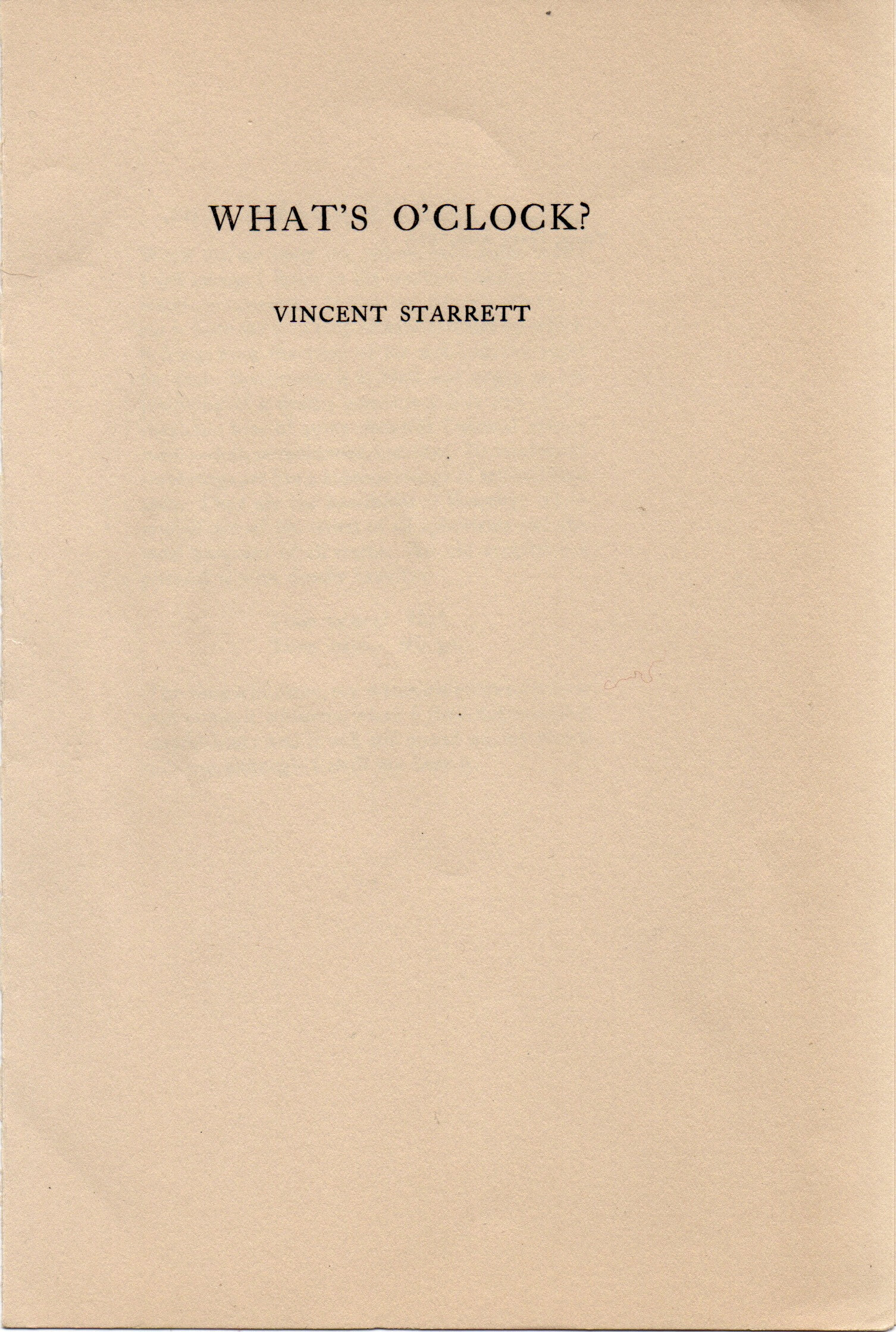
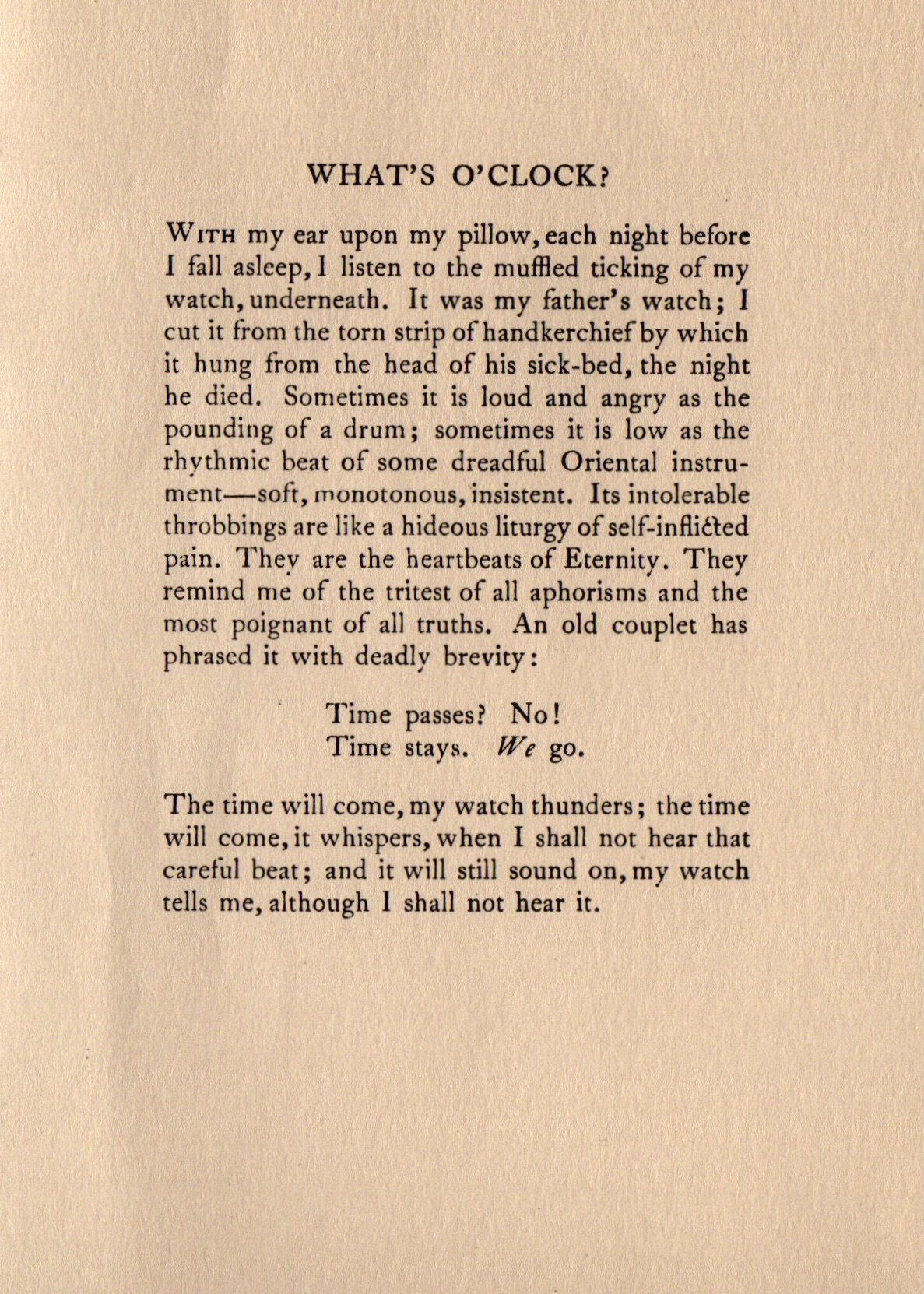
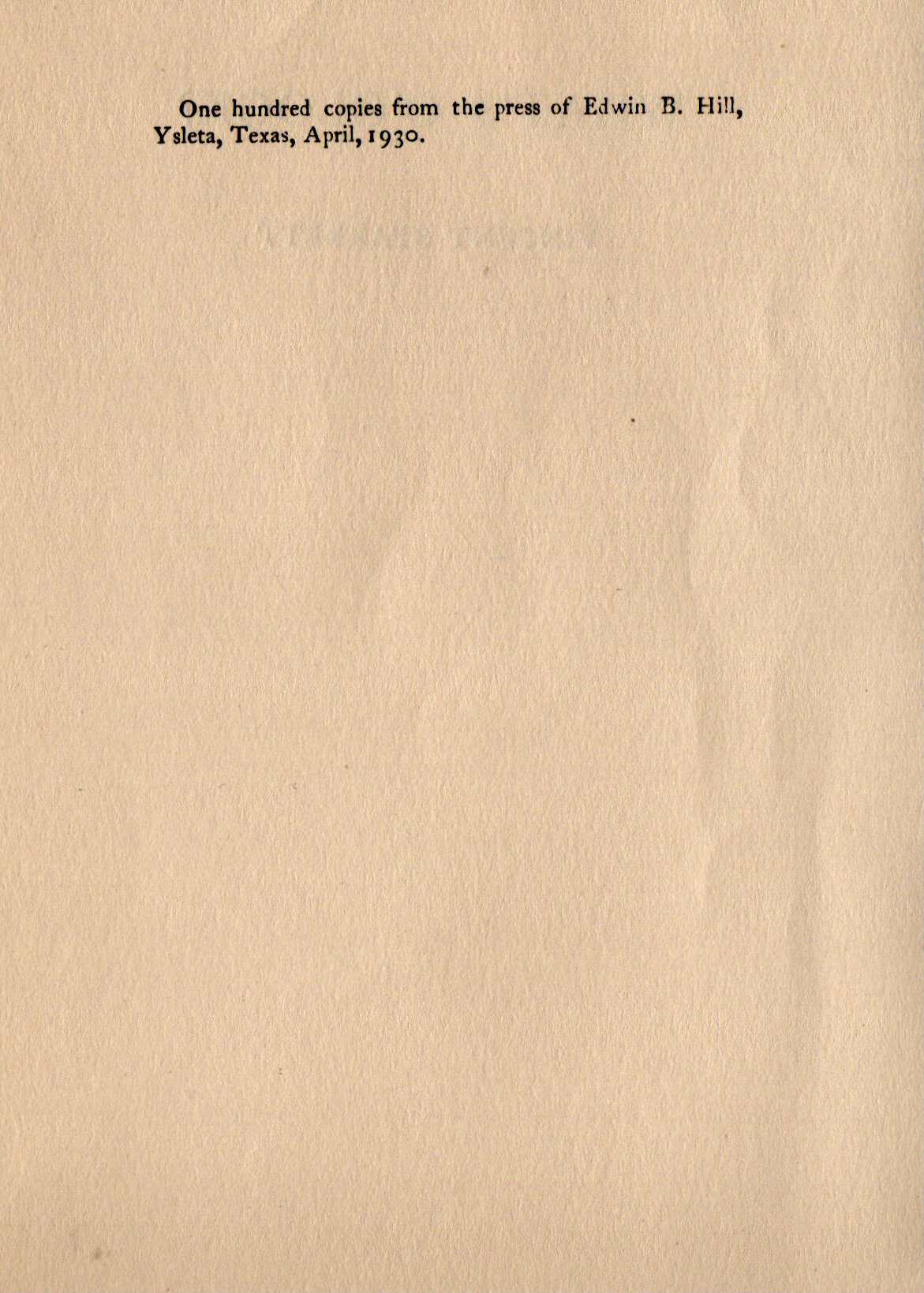
The relationship between Starrett and Hill allowed the Chicago writer another outlet for his interests. And Hill genuinely seemed to like the odd and sometimes obscure items that he received. Theirs was a fruitful friendship indeed.
Starrett was fortunate that Hill believed—like Sherlock Holmes—that his fees could be dropped altogether for the love of the game and “a job well done.”
What is less well known is the impact these leaflets had on the fledgling Sherlock Holmes movement in the United States during the 1930s and 1940s.
We will explore that point in greater detail in Parts 2 and 3.

